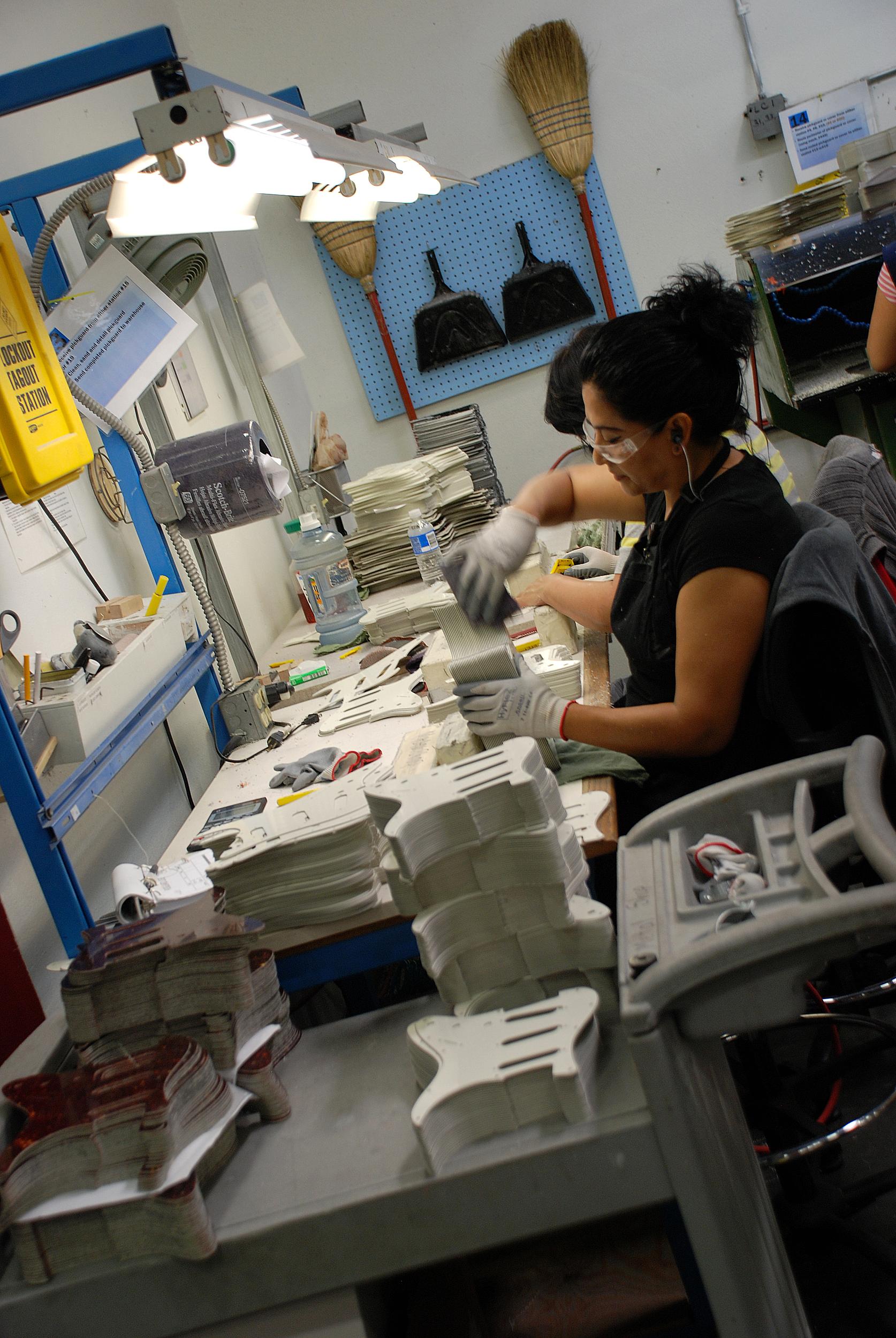“The art of effective listening is essential to clear communication, and clear communication is necessary to management success.” —James Cash Penney
We hear leadership experts incessantly harping on the importance of communication to effective leadership. But, is it going in one ear and out the other? There are two parts to communication. One, of course, being the sharing of information and emotions with others. The second being truly listening when others are sharing thoughts, ideas, feelings, and information. For some reason, the listening side of communication seems to be the hardest. So, what happens when you don’t listen?
Lack of empathy
When you don’t listen it’s impossible to have empathy. How can you determine how you would feel if you were in another’s shoes if you don’t listen to their details and emotions? Listening allows you to find points of connection with others on a deeper level; it allows you to empathize with their lived experiences.
Lack of understanding
When you don’t listen you miss out on gaining understanding. There is something you can learn from everyone you interact with but, you’re going to have to start listening. You never know, they might have insights to offer that you can’t see; you won’t know unless you listen.
Lack of appreciation
When you don’t listen others feel unappreciated. There is nothing that shows that you value someone more than truly listening to them. Listen without ulterior motives, without a prepared response, and without judgment shows true appreciation for who they are and what they have to share.
Lack of respect
When you don’t listen you show a blatant lack of respect. Turning a deaf ear sends the message that you think you know more than they do, that you see no value in what they may have to share, and that you don’t have enough respect for them to hear them out. Truly listening is an easy way to show respect for others and to earn their respect in return.
Start Listening
Communication is vital component in successful leadership. The importance of the listening side of the communication equation is often minimized because it is so easy to do, yet so easy not to do. When you don’t listen, it makes it impossible to empathize with others. You may also miss out on important information and insights. Listening shows others that you appreciate and value them. It is also a sign of respect. Maybe it’s time for you to start listening.
What step will you take today to show someone that you are truly listening?
© 2016 Elizabeth Stincelli
Liz Stincelli is passionate about recognizing and inspiring the leader in each of us. She is the Founder of Stincelli Advisors where she focuses on helping organizations engage employees and improve organizational culture. Liz holds a Doctor of Management degree with an emphasis on organizational leadership.
Learn more about Liz by visiting her website, stincelliadvisors.com and connect with her on Twitter @infinitestin, Google+, and LinkedIn. You can contact her by email at stincelliadvisors@gmail.com.




